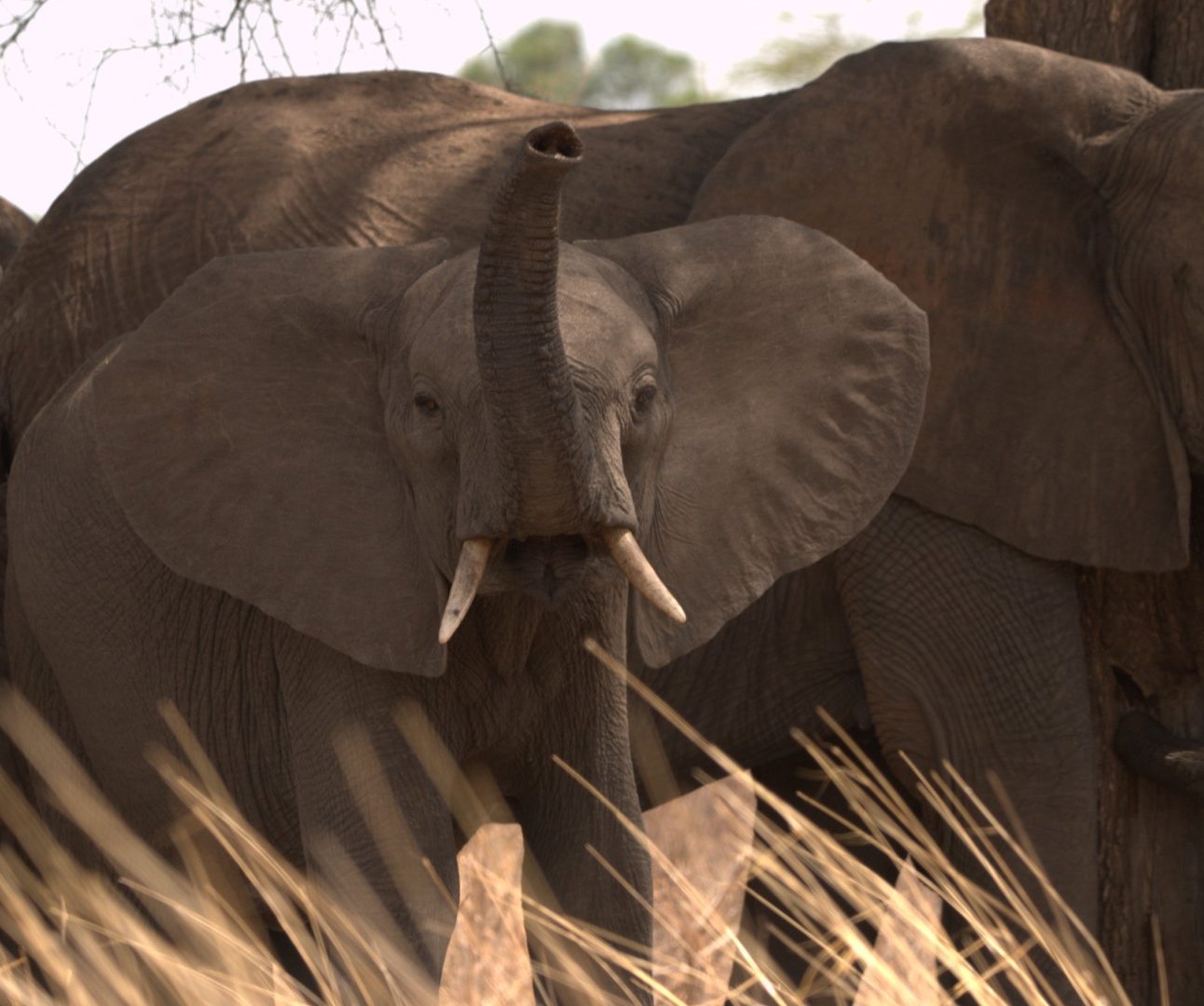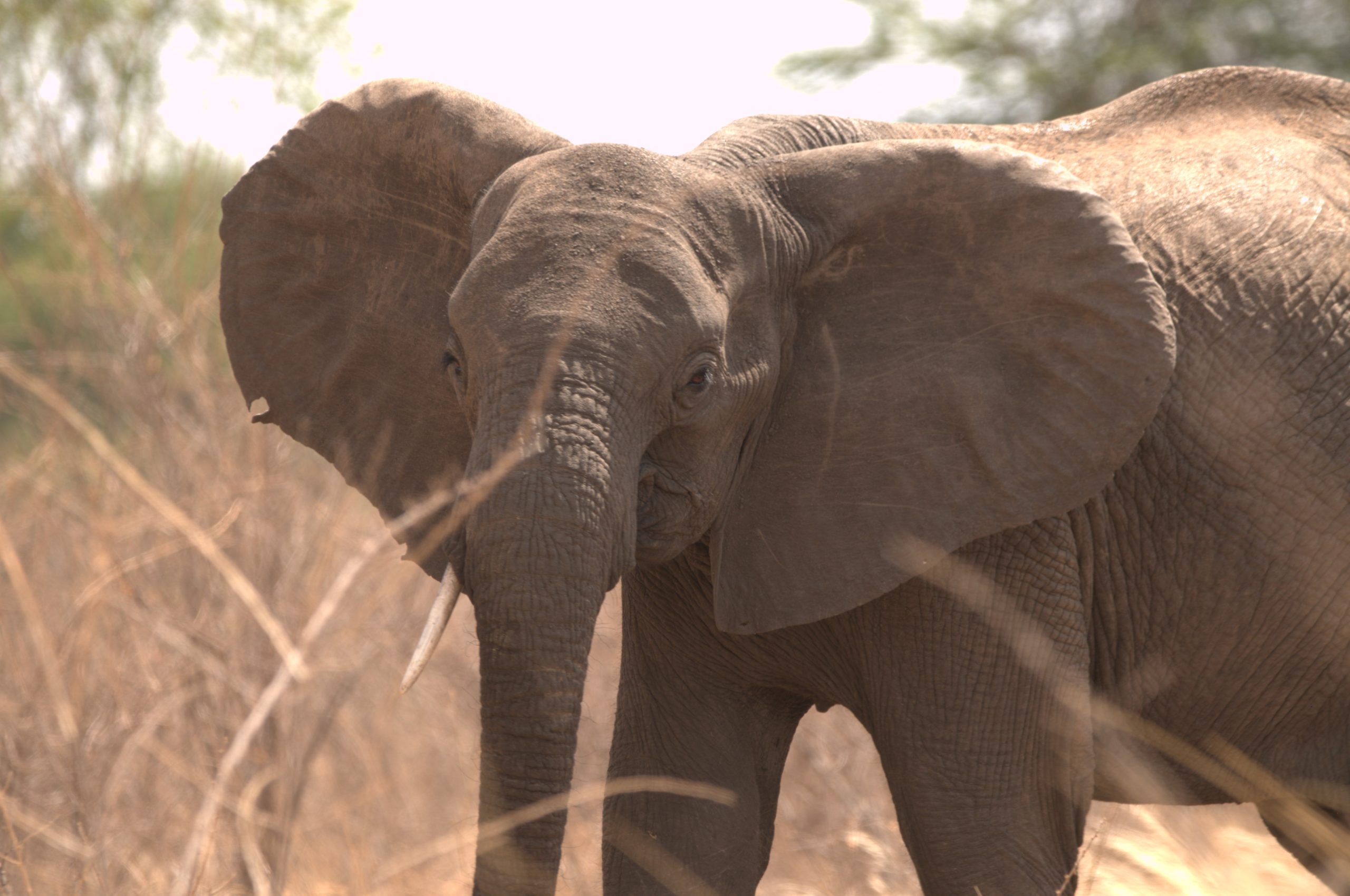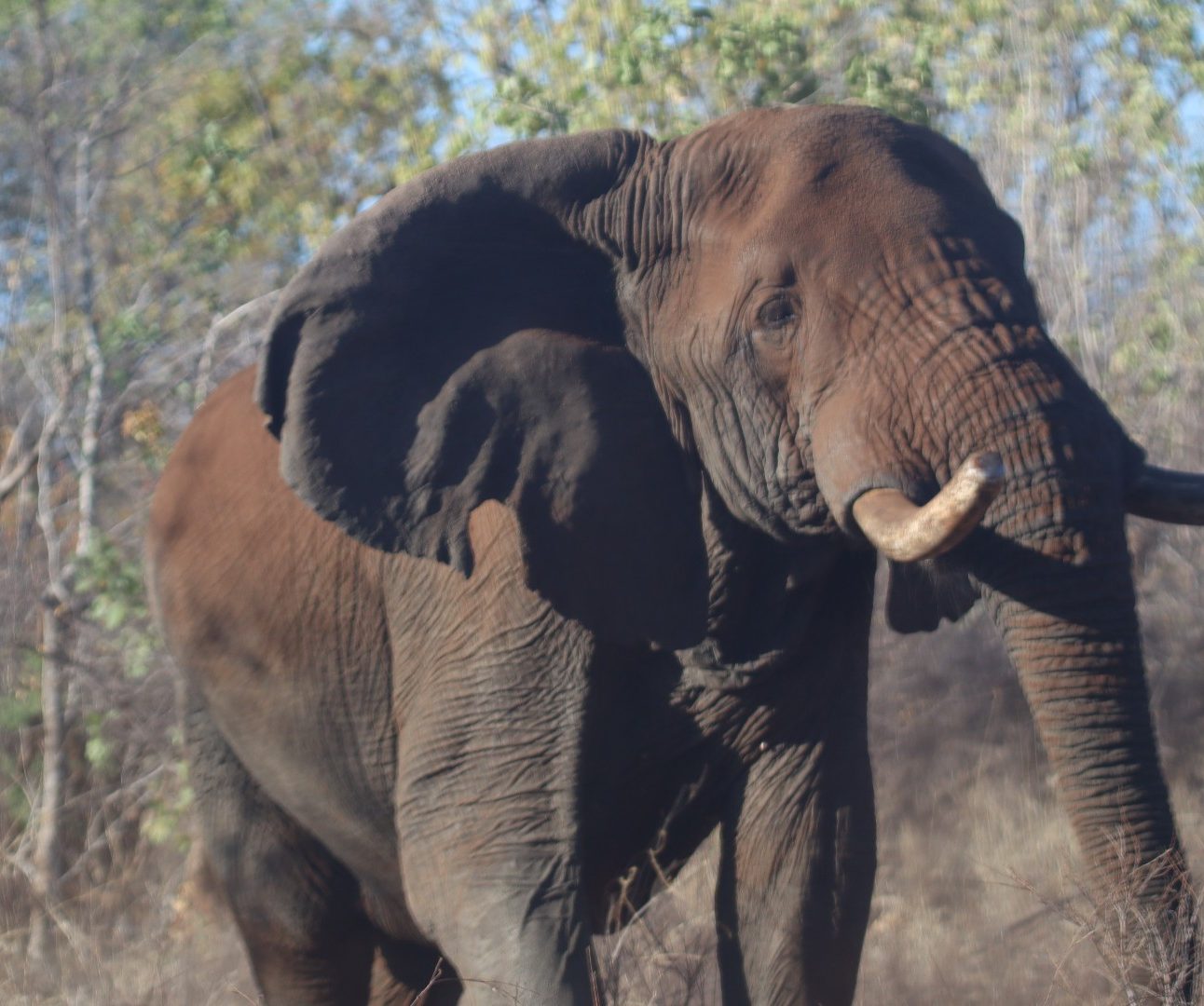
How Born Free helps protect elephants in the wild
From our very first field project to cutting edge innovation today, Born Free is devoted to impactful elephant conservation, reports Conservation Manager Penny Banham.

The lives of elephants and humans have been closely intertwined for millennia.

Penny Banham, Conservation Manager
Our shared history is one of conflict and co-existence: where elephants were once the dominant species in their ecosystem, the driving force modifying and engineering their world around them through their sheer size, humans, with our tools and sophisticated communication and complex societies quickly changed the balance. People have wiped out populations of elephants across the globe, forever changing landscapes, and ecosystems. Elsewhere, others have fought valiantly to secure the future of these giant mammals.
Right from the very start, Born Free has been dedicated to protecting elephants in their natural environment, where they belong. In 1992, Born Free started our support for the Amboseli Trust for Elephants. Having recently reached 51 years of monitoring the elephant population of Amboseli, it is the longest running elephant research programme in the world and has captured the stories of numerous generations roaming in the Amboseli Ecosystem, Kenya. Their discoveries in Amboseli have contributed to changing the way we view elephants – elephants are no longer seen as just a herd but a “family of individuals”. Since then, our work has expanded more and more. From Cameroon, Liberia and Kenya, our work is supporting strategies for long-term co-existence between people and elephants by reducing threats, maintaining habitat integrity, mitigating conflict, and raising awareness – changing the future for elephants.
In 2021, we launched Saving Meru’s Giants, a conservation programme based in our charity’s heartland of the Meru Conservation Area, Kenya – where Elsa the lioness was returned to the wild. The programme dedicated to turning the tide for the critically important savannah elephant population that lives there. Once numbering in their thousands, the elephants of Meru were nearly wiped out by poachers in the 1970s-1980s. Concerted efforts to rebuild the population were made in the 90s and early 2000s and the population slowly began to recover. Today the population is still growing, however the psychological impacts of past persecution of elephants, and the loss of key members damaging the structure of family groups will be felt for generations.
Today, human-elephant conflict, particularly crop raiding and subsequent retaliation by aggrieved farmers, is a deadly issue in Meru. Both people and elephants have suffered in terrible ways and the situation is at breaking point. Elephants can devastate entire fields of crops in a single night, destroying the livelihoods that farmers and their families rely on for income and subsistence. In response, aggrieved farmers may retaliate, disturbing, injuring and even killing elephants.
Recognising the need to tackle this mammoth issue, Born Free initiated one of our most ambitious and holistic programmes, knowing that we would have to address multiple underlying issues: poverty, which drives unsustainable natural resource consumption, increasing negative interactions with elephants that leaves people unable to cope or peacefully co-exist with elephants; lack of education, which has led people into tragic and dangerous situations with elephants; and bushmeat (meat from wild animals) hunting, which damages elephant ecosystems and imperils not only elephants, but all other animals; as well as many other challenges.
Our approach is multipronged: we have implemented human-elephant conflict mitigation strategies such as beehive fences and a conflict toolkit, designed to help farmers implement low cost and simple methods to stop crop raiding and help prevent economic crises. Our intensive elephant monitoring field team has generated over 325 elephant ID’s in our extensive database, which tells the stories of individuals and families like the Acacia family and Notail (find out more below) – individually knowing each elephant in a population gives us insights that we otherwise couldn’t know, allowing us to implement specific and effective conservation strategies.
Our community conservation work is expanding like never before, with the launch of Village Savings and Loan Associations, which we hope will provide financial security and help alleviate people living in poverty. Our Conservation Ambassadors are working within their communities to help alleviate the costs of conflict and improve attitudes towards elephants, whilst building and strengthening relationships within the community and with local authorities. Regular and extensive anti-poaching patrols of the national park are being conducted by our Twiga Team, which are helping to tackle illegal wildlife activity.
Working closely with the Education team, we are increasing education and sensitisation activities, which are telling the stories of elephants and giving people the knowledge and awareness to feel empowered of how they can best live alongside wildlife.
You may notice that our work is centred around communities and people, and while this may be surprising to some given the focus of our work is on saving elephants, until we create an environment where people can cope with living alongside the world’s largest land mammal, we may be doomed to repeat our history, wiping out population after population. The story of people and elephants can go on for millennia, but only if we fight hard to protect and conserve the elephants we have left. Together, we can be the agents of change, we can make a brighter future for elephants.
Please help us to continue to protect elephants across the planet by donating to our Hope for Elephants appeal. Your donation truly makes a difference to these emblematic animals.
MEET THE ELEPHANTS


